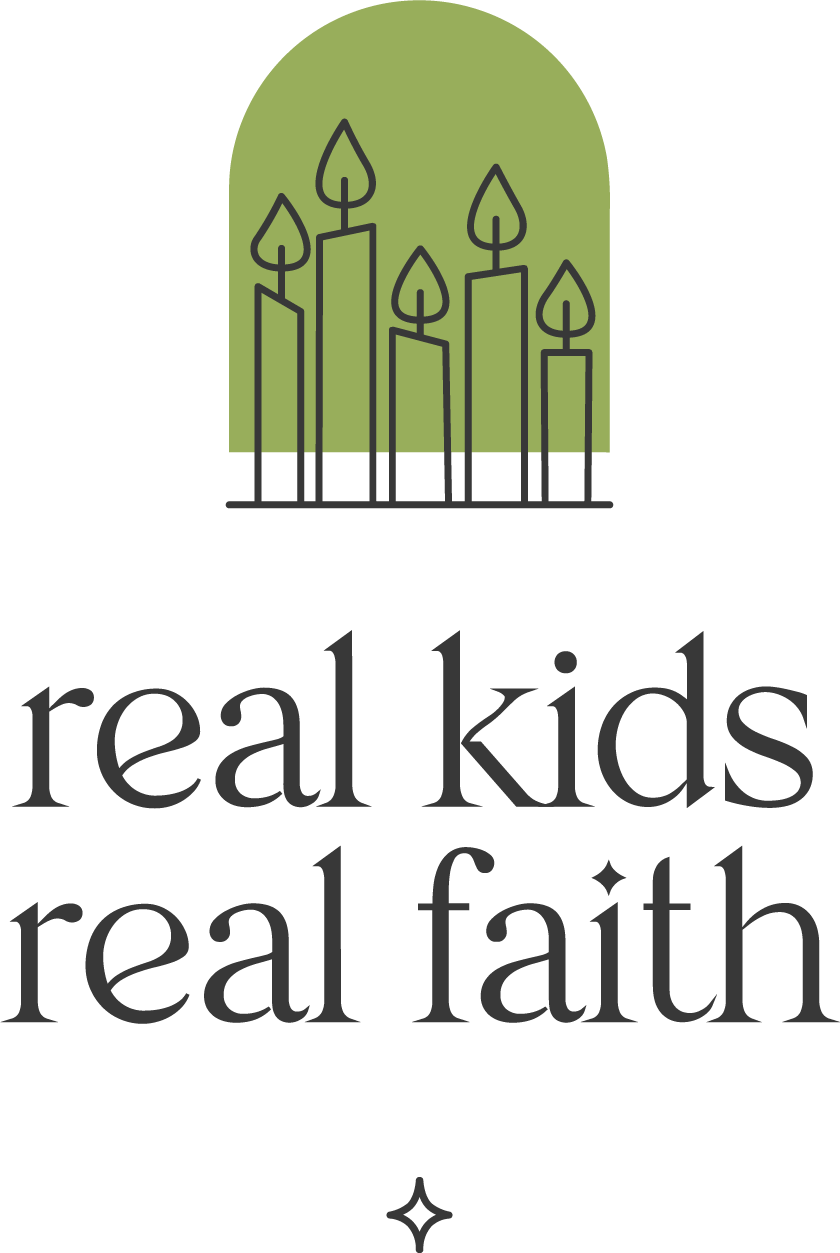Taking chances is risky. Some children can’t wait to explore the unknown. Others prefer familiar structures and routines.
What Do You Do with a Chance? is a story for children in the latter category. Author Kobi Yamada’s young hero is unsure about chances. Trying to take them can cause embarrassment, but not seizing opportunities means worrying that you’ll never have another chance. It’s a real dilemma, calling for a little bravery at the right time.
Written for children ages 4-8, this picture book illustrates how one reluctant child discovers that chances are worth the risk. Try one or more of these activities to help the children in your life explore the same idea.
Diverse chances. Chances come in all shapes and sizes. Sometimes they are little things, like saying hello to a new child in preschool or riding a bike for the first time without training wheels. Sometimes they are much bigger, like marching in a protest or standing up for a friend who’s being bullied. Invite children to look back over the last week and name all the different chances they could have taken. Ask: Which of these opportunities were little chances? Which felt like big risks? Which did you decide to take? Why did you decide not to take the others? Affirm the risks taken and talk about the pros and cons of letting other chances go.
Risky feelings. Chances can stir up all kinds of feelings: embarrassment, anxiety, excitement, fear, anticipation, uncertainty, exhilaration. Share with children a time you took a chance. What feelings did you experience before you decided to take the risk? How did you feel once you grabbed hold of the opportunity? Then invite them to share their own stories and feelings with you.
Invisible chances. In the story, the child ignores several chances and then notices that they seem to disappear. Wonder with children about what happens to chances when we refuse to take them. Take turns completing the following prompt: Chances disappear because…. Repeat until you can’t think of any more reasons.
Being brave. The child in the story associates bravery with taking chances. They realize that they don’t have to be really brave all the time, just a little brave at the right times. Invite children to draw a picture (on paper or an e-tablet) of someone being ‘really brave’ and another of someone being ‘a little brave’. Ask: What is similar in your pictures? What is different? How are you like the person who is really brave? How are you like the one who is a little brave?
Social obstacles. The story focuses on personal obstacles to taking chances. But social conditions like racism, sexism, and other forms of discrimination can also limit chances. With school-age children, create a chart that shows who in society tends to get the most chances and who doesn’t. Use words or symbols to stand for different kinds of people. Then brainstorm together ways to help those who don’t get many chances now to have more opportunities in the future.

Comments